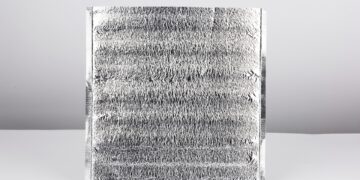What is the best wood to use for woodworking? It’s a solid question, and the answer depends on the project you have in mind. Still, every piece of wood employed in carpentry or woodworking should have certain traits and treatments. Keep the following suggestions and facts in mind when choosing the lumber for your next project.
Treated
No matter what kind of wood you use—whether it’s reclaimed or from new growth— make sure it has been treated and preserved. Wood is preserved and treated in several ways. Kiln-drying wood ensures the moisture has been baked out of the wood, preventing bending, warping, cracking, and shrinking. It also kills off insects, fungus, and mold, which can damage the wood, and makes the wood easier to use in projects. Some wood is surface coated, which involves adding a chemical preservative to the wood to protect it. Consider protection against the elements, bugs, and more when you’re picking a wood.
Affordable
Whether you’re just starting out or have been woodworking for a long time, it’s always best to go with wood that won’t run you too dear. Cheaper wood prevents waste—or at least has less of an effect on your wallet and the environment. As your skills improve, you can move on to more expensive woods, because you’ll be less likely to slip up and waste a perfectly good piece of sandalwood, purple heart, or ebony. Until then, go with lower-cost and more sustainable woods such as pine, white oak, poplar, beech, or soft maple. Such woods still look great and lend themselves to so many projects. Plus, if you screw up (and you will sometimes), it won’t be as much of a heart-stopping event.
Consider Climate
When you’re working on a project—particularly a piece of furniture that might spend time outside—think about how the wood will react to your region’s climate and weather. Humidity can cause wood to expand and contract, which will affect the straightness and levelness of your project as well as its stability. Then, after several wet months, the wood can dry out and contract once again, affecting its shape, form, and stability. Either pick a wood that meets the challenges of the climate or make sure your home is a steady and stable place for wood furniture to last.
Grain
When you’re considering the best wood to use for woodworking, don’t forget the grain. Grain direction can have a major effect on the strength of a piece of wood and, subsequently, on the project. For example, a straight-grained board will be particularly strong, while a piece with less grain will be weaker. Grain can also provide extra beauty in your projects, so consider whether the grain pattern will enhance or detract from your project’s looks. Get grain on your brain!




















































































